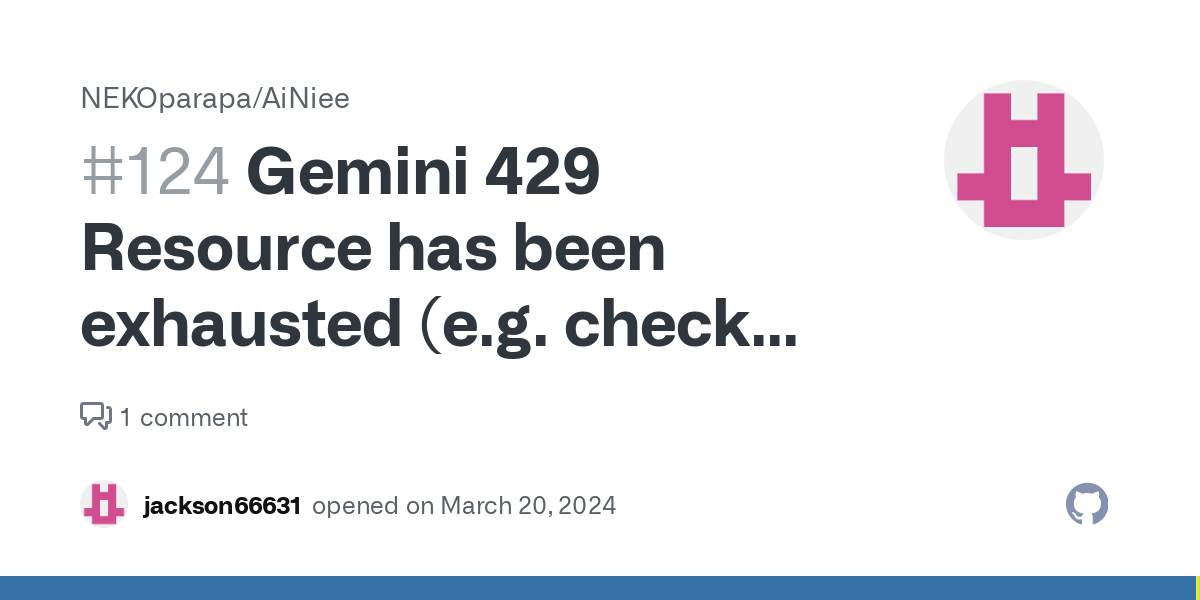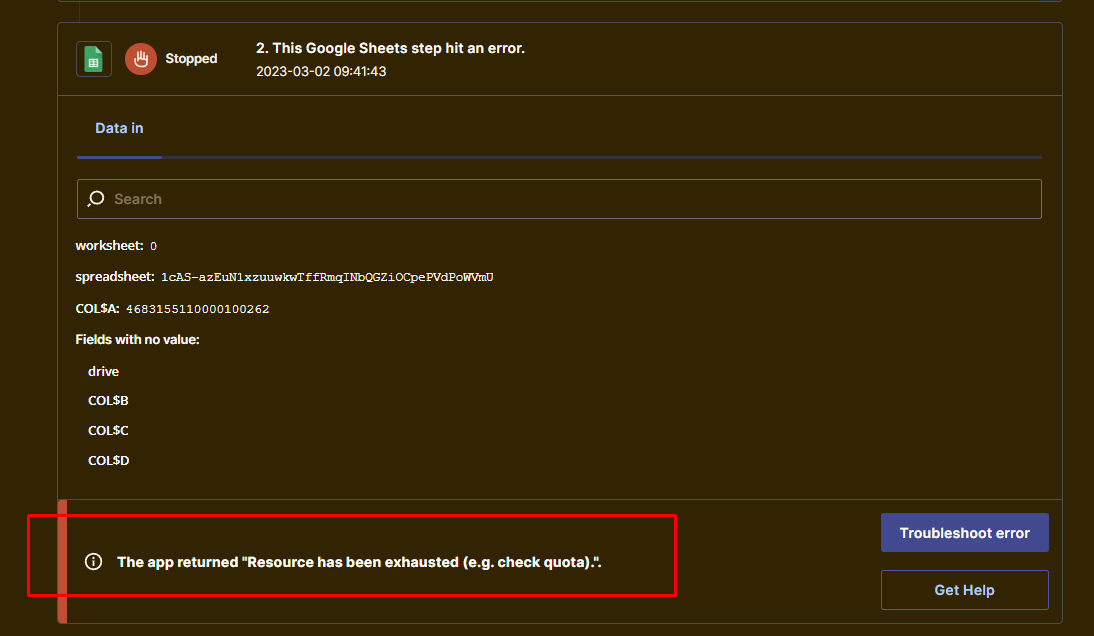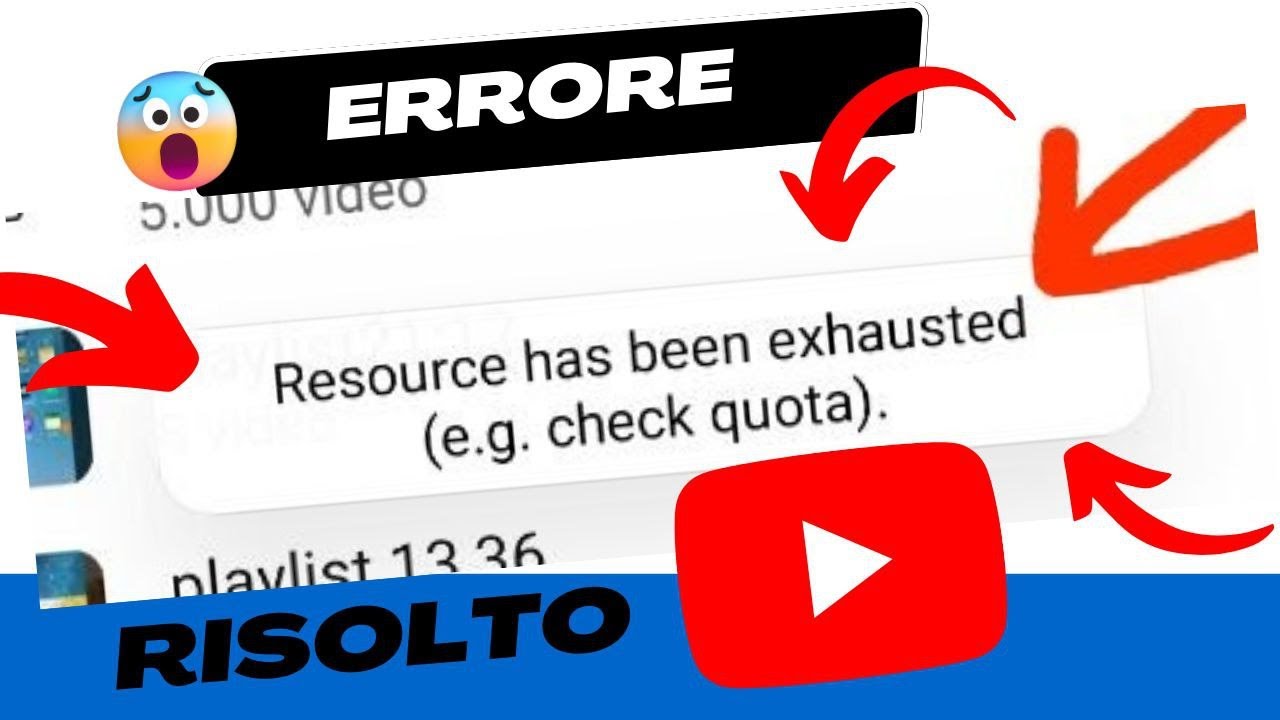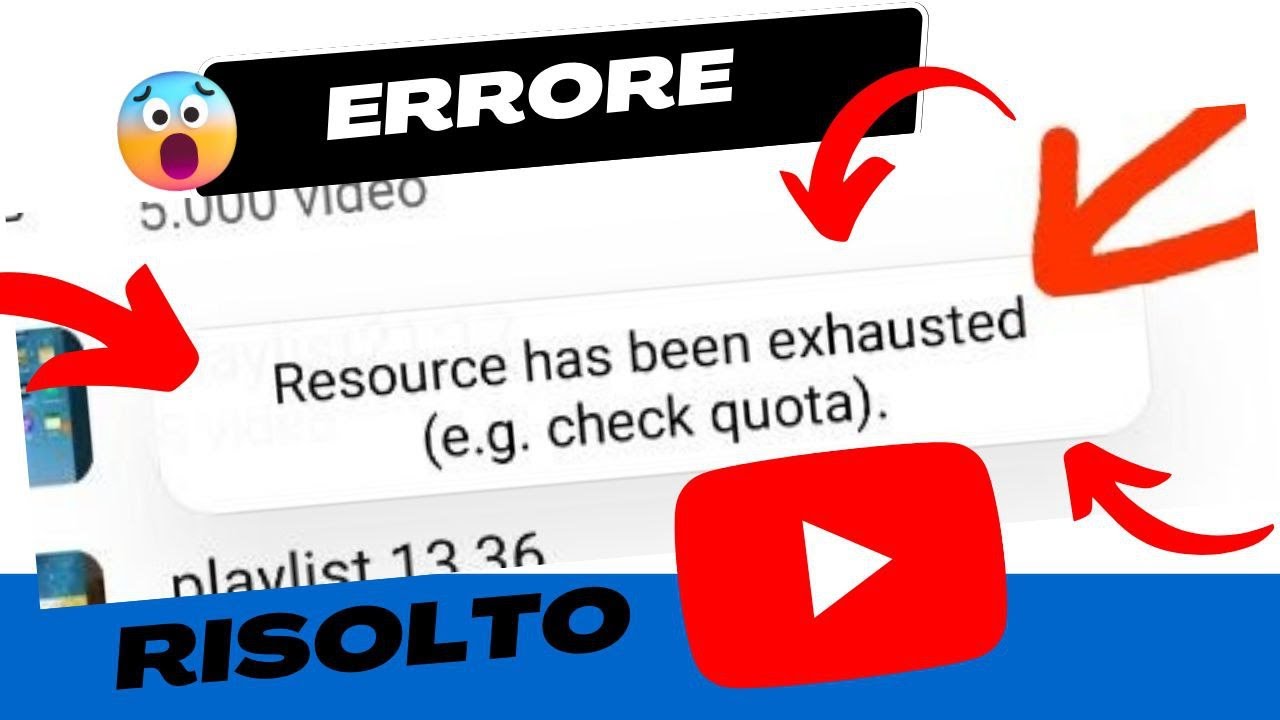Best CRM for direct sales is more than just software; it’s the engine driving your team’s success. Choosing the right system hinges on understanding your unique needs, from sales cycle length to team size and product complexity. This guide navigates the complexities of CRM selection, offering a comparative analysis of top platforms and practical advice for optimizing your direct sales strategy.
We’ll explore key features crucial for direct sales, such as contact management, opportunity tracking, and sales pipeline visualization. We’ll delve into integration capabilities, user experience, scalability, and the crucial aspects of security and data privacy. Ultimately, the goal is to equip you with the knowledge to select a CRM that empowers your team to achieve peak performance and sustainable growth.
Defining “Best” in Direct Sales CRM
Choosing the “best” CRM for a direct sales team isn’t about finding a single perfect solution; it’s about finding the optimal fit for specific needs and goals. The ideal CRM will streamline operations, boost productivity, and ultimately drive revenue growth. This requires a clear understanding of what constitutes success within the context of direct sales.Defining the “best” CRM hinges on aligning the software’s capabilities with the team’s unique KPIs and operational realities.
Different teams, with varying sizes, product complexities, and sales cycles, will have vastly different priorities and requirements. A one-size-fits-all approach is rarely effective.
Key Performance Indicators (KPIs) for Direct Sales Success
Success in direct sales is multifaceted. While revenue is the ultimate goal, several intermediate KPIs provide valuable insights into team performance and areas for improvement. Tracking these metrics allows for data-driven decisions regarding CRM selection and optimization.
- Revenue Growth: The overall increase in sales revenue over a specific period. This is the ultimate KPI and should be broken down further by representative, product, or region.
- Conversion Rate: The percentage of leads that convert into paying customers. A higher conversion rate indicates effective lead nurturing and sales strategies.
- Average Deal Size: The average value of closed deals. This reflects the effectiveness of upselling and cross-selling efforts.
- Customer Acquisition Cost (CAC): The cost associated with acquiring a new customer. Lower CAC indicates efficient marketing and sales processes.
- Customer Lifetime Value (CLTV): The predicted revenue generated by a single customer throughout their relationship with the company. A high CLTV suggests strong customer retention strategies.
- Sales Cycle Length: The time it takes to close a deal, from initial contact to final sale. Shorter sales cycles improve efficiency and cash flow.
Needs and Priorities of Different Direct Sales Teams
Direct sales teams vary significantly in their structure and operations. The ideal CRM must adapt to these differences.
- Team Size: Smaller teams may prioritize simplicity and ease of use, while larger teams require scalability and advanced features like team collaboration tools and reporting dashboards. For instance, a team of five might find a simpler, less expensive CRM sufficient, whereas a team of fifty needs a robust system that can handle a large volume of data and users.
- Product Type: Teams selling complex, high-value products will need a CRM with robust features for managing complex sales processes, including detailed opportunity tracking and advanced reporting. Teams selling simpler, lower-value products may require a less complex system focused on lead management and contact tracking. A company selling specialized software would need a CRM with detailed opportunity management features, while a company selling consumable goods might focus on order management and repeat sales tracking.
- Sales Cycle Length: Teams with short sales cycles need a CRM that facilitates quick lead qualification and follow-up, while those with longer sales cycles require systems that support detailed opportunity management and communication tracking. A company selling subscription boxes would need a CRM that efficiently manages recurring billing and customer relationships, while a company selling real estate might need a system capable of tracking long-term interactions and complex negotiations.
Framework for Evaluating CRM Software
A structured approach is crucial for evaluating CRM software. This framework considers both quantitative and qualitative factors.
| Criterion | Evaluation Metrics | Weighting |
|---|---|---|
| Functionality | Lead management, contact management, sales pipeline visualization, reporting and analytics, integration capabilities, mobile accessibility, automation features | 30% |
| Usability | Ease of navigation, intuitive interface, training resources, user support | 25% |
| Scalability | Ability to handle increasing data volume and user base, adaptability to future needs | 20% |
| Integration | Seamless integration with existing systems (e.g., marketing automation, payment gateways) | 15% |
| Cost | Licensing fees, implementation costs, ongoing maintenance | 10% |
The optimal CRM is not the most expensive or feature-rich, but the one that best aligns with the team’s specific KPIs, needs, and budget.
Feature Comparison of Top CRM Systems for Direct Sales
Choosing the right CRM is crucial for direct sales teams to streamline operations, manage relationships, and ultimately boost revenue. This comparison highlights key features of three leading platforms, enabling a more informed decision-making process. We’ll examine their strengths and weaknesses to help you determine the best fit for your specific needs.
Comparative Analysis of Three Leading Direct Sales CRMs
The following table compares three popular CRM systems—HubSpot, Salesforce Sales Cloud, and Zoho CRM— focusing on features vital for direct sales teams. Note that pricing can vary significantly based on the number of users, features included, and specific contract terms.
| CRM Name | Key Features | Pricing Model | Integration Capabilities |
|---|---|---|---|
| HubSpot CRM | Contact management, deal tracking, pipeline visualization, email marketing integration, reporting and analytics, task management, team collaboration tools. Offers a freemium model with paid options for advanced features. Strong emphasis on inbound marketing integration. | Freemium, tiered pricing based on features and users. | Integrates with various marketing automation tools, email platforms, and other business applications via its extensive app marketplace. |
| Salesforce Sales Cloud | Comprehensive contact management, opportunity management with advanced forecasting, robust sales pipeline visualization, sales analytics dashboards, territory management, mobile accessibility, collaboration tools. A wide range of functionalities and customization options. | Subscription-based, tiered pricing depending on user needs and features. Generally considered a more expensive option than others. | Extensive integration capabilities through its AppExchange, connecting with numerous third-party applications and enterprise systems. |
| Zoho CRM | Contact management, lead management, deal tracking, sales pipeline visualization, reporting and analytics, workflow automation, territory management, mobile app. Offers a wide range of features at a competitive price point. | Subscription-based, tiered pricing with options for various user counts and functionalities. Generally more affordable than Salesforce. | Integrates with various Zoho applications and other third-party apps through its marketplace, though integration breadth may be less than Salesforce. |
Crucial Features for Direct Sales Teams
Several features are paramount for success in direct sales. Effective CRM systems should seamlessly support these functions to maximize team efficiency and productivity.
Contact Management: A robust CRM system provides centralized storage and management of all customer interactions, including contact details, communication history, and purchase information. This ensures consistent and personalized communication, improving customer relationships and increasing sales.
Opportunity Tracking: This feature allows sales representatives to track potential deals throughout the sales pipeline, from initial contact to closure. This provides a clear overview of sales progress, identifies potential roadblocks, and facilitates timely interventions.
Sales Pipeline Visualization: Visual representations of the sales pipeline, often using kanban boards or charts, provide a real-time overview of the sales process. This enables better forecasting, identification of bottlenecks, and improved resource allocation.
Reporting and Analytics: Comprehensive reporting capabilities provide insights into sales performance, identifying trends, top-performing products, and areas needing improvement. This data-driven approach facilitates strategic decision-making and optimization of sales strategies.
Supporting Direct Sales Strategies with CRM Systems
Each CRM system supports various direct sales strategies in unique ways.
Territory Management: Salesforce Sales Cloud, for example, offers robust territory management features, allowing for the efficient assignment of sales territories to representatives, optimizing coverage and minimizing overlap. Zoho CRM also offers similar functionality, contributing to improved sales resource allocation.
Team Collaboration: HubSpot CRM, with its built-in communication tools and shared dashboards, fosters seamless team collaboration. This ensures that all team members have access to the same information, leading to improved communication and coordinated sales efforts. Salesforce and Zoho also provide collaboration tools, albeit with varying degrees of sophistication.
Integration Capabilities and Ecosystem

A robust CRM for direct sales isn’t just about managing contacts; it’s about connecting all aspects of your business for a streamlined workflow. Seamless integration with other essential tools significantly boosts efficiency, improves data accuracy, and ultimately drives sales growth. This section explores the importance of these integrations and details the capabilities of top CRM systems in this area.The ability to seamlessly integrate your CRM with other software is crucial for optimizing your direct sales process.
Integrating your CRM with tools like email marketing platforms, payment gateways, and inventory management systems eliminates data silos, automates repetitive tasks, and provides a holistic view of your business operations. This holistic view allows for better decision-making, improved forecasting, and ultimately, increased revenue. Without integration, you risk manual data entry, inconsistencies, and a fragmented understanding of your customer journey.
CRM Integration Options for Top Systems
The following Artikels the integration capabilities of three leading CRM systems, focusing on their ability to connect with key business tools. The benefits of each integration are highlighted to illustrate the positive impact on direct sales operations.
- System A: This CRM offers a comprehensive API and pre-built integrations with popular email marketing platforms (Mailchimp, Constant Contact), payment gateways (Stripe, PayPal), and calendar applications (Google Calendar, Outlook).
- Email Marketing Integration Benefit: Automated email sequences triggered by CRM events (e.g., new lead, order placed) nurture leads and boost customer engagement.
- Payment Gateway Integration Benefit: Streamlined order processing, automated invoicing, and real-time payment tracking enhance financial management and reduce errors.
- Calendar Integration Benefit: Scheduling appointments directly within the CRM eliminates double-booking and improves time management for sales representatives.
- System B: Known for its extensive app marketplace, System B provides a wide array of integrations, including those for e-commerce platforms (Shopify, WooCommerce), social media management tools (Hootsuite, Buffer), and customer support software (Zendesk, Intercom).
- E-commerce Integration Benefit: Centralized view of customer orders, purchase history, and product preferences allows for personalized sales strategies and targeted marketing campaigns.
- Social Media Integration Benefit: Directly track social media engagement, identify potential leads, and manage customer interactions within the CRM.
- Customer Support Integration Benefit: Seamless transfer of customer inquiries between sales and support teams ensures consistent brand messaging and quick resolution times.
- System C: This CRM boasts strong native integrations with popular accounting software (Xero, QuickBooks) and project management tools (Asana, Trello), alongside robust API capabilities for custom integrations.
- Accounting Software Integration Benefit: Automated revenue tracking, expense reporting, and financial analysis provide a clear picture of sales performance and profitability.
- Project Management Integration Benefit: Streamlined collaboration between sales and project teams ensures efficient onboarding of new clients and timely project delivery.
- API Integration Benefit: Allows for custom integration with niche software or in-house developed applications to meet specific business needs.
Streamlining Direct Sales with Seamless Integration, Best crm for direct sales
Seamless integration significantly improves the efficiency and effectiveness of the direct sales process. By eliminating data silos and automating repetitive tasks, sales representatives can focus on building relationships and closing deals. For example, imagine a scenario where a sales representative closes a deal. With integrated systems, the CRM automatically updates the order status, sends a confirmation email to the customer, updates the inventory, and triggers an invoice through the payment gateway—all without manual intervention.
This automation frees up valuable time, minimizes errors, and enhances the overall customer experience. This level of efficiency is impossible without a well-integrated CRM ecosystem.
User Experience and Ease of Use: Best Crm For Direct Sales

A positive user experience is crucial for the successful adoption and utilization of any CRM system, especially in fast-paced direct sales environments. A clunky or difficult-to-navigate system can lead to decreased productivity and ultimately hinder sales performance. Therefore, evaluating the user interface, ease of use, training resources, and mobile accessibility of different CRM systems is paramount when selecting the best fit for your direct sales team.The user experience encompasses several key aspects, including the intuitiveness of the interface, the level of customization available, and the availability of robust training and support materials.
A well-designed CRM should seamlessly integrate into the workflow of your sales team, minimizing the learning curve and maximizing efficiency. This section will delve into a comparative analysis of these factors across several leading CRM systems for direct sales.
CRM User Interface and Ease of Use Comparison
The following table summarizes the user interface characteristics and ease of use ratings for several popular CRM systems, along with user feedback gathered from various online reviews and forums. Ratings are subjective and based on aggregated user opinions, reflecting the general consensus rather than absolute measures.
| CRM Name | User Interface Description | Ease of Use Rating (1-5) | User Feedback Summary |
|---|---|---|---|
| Salesforce Sales Cloud | Highly customizable, but can feel overwhelming for new users due to its extensive features. Modern, clean interface, but requires navigation through multiple menus. | 3 | Powerful but complex; requires significant training. Many users praise its customizability but find the initial learning curve steep. |
| HubSpot CRM | Intuitive and user-friendly interface, especially for beginners. Clean design with straightforward navigation. Free version offers core functionality. | 4 | Generally praised for its simplicity and ease of use. Excellent for smaller teams or those new to CRM. Limited advanced features compared to Salesforce. |
| Zoho CRM | Highly customizable, with a modular design allowing users to select features needed. Can feel somewhat cluttered for users with limited experience. | 3.5 | Offers a good balance between features and ease of use. Customization options can be beneficial, but might require some technical knowledge. |
| Pipedrive | Simple and visually appealing interface focused on sales pipeline management. Easy to learn and use, even for non-technical users. | 4.5 | Highly praised for its intuitive pipeline view and ease of use. Excellent for sales teams focused on visual tracking of deals. |
Training and Support Resources
The availability of comprehensive training and support resources is crucial for a smooth user onboarding experience and ongoing system utilization. Each vendor offers different levels of support, ranging from online documentation and tutorials to dedicated customer support teams and in-person training sessions. The quality and comprehensiveness of these resources significantly impact the overall user experience. For example, Salesforce offers extensive online training materials, including video tutorials, documentation, and a Trailhead learning platform.
HubSpot provides a wealth of blog posts, articles, and webinars focusing on best practices. Zoho and Pipedrive offer similar resources, though the extent and depth of the material might vary.
Comparative Analysis of User Experience
Intuitiveness, customizability, and mobile accessibility are key factors influencing the overall user experience. Pipedrive excels in intuitiveness with its visual pipeline, making it easy for even novice users to grasp core functionalities. Salesforce, while highly customizable, may sacrifice some intuitiveness due to its extensive features. HubSpot strikes a balance, offering a user-friendly interface with sufficient customization options. Most modern CRMs offer robust mobile accessibility, enabling sales teams to manage leads and contacts on the go.
However, the specific features available on mobile versions may differ depending on the chosen CRM system. For instance, Salesforce’s mobile app mirrors many of its desktop functionalities, while others might offer a more streamlined mobile experience.
Scalability and Cost-Effectiveness

Choosing the right CRM for your direct sales team requires careful consideration of not only its features but also its ability to grow with your business and its overall cost. A system that’s perfect for a small team might become a bottleneck as your sales force expands, leading to inefficiencies and increased expenses. Conversely, investing in an overly complex and expensive system when you’re just starting out can be financially unsustainable.
This section analyzes the scalability and cost-effectiveness of leading CRM systems for direct sales.The scalability of a CRM is determined by its capacity to handle increasing amounts of data, users, and transactions without significant performance degradation. Cost-effectiveness, on the other hand, involves balancing the CRM’s features and capabilities with its pricing structure to ensure a suitable return on investment.
Factors such as subscription tiers, per-user costs, and the inclusion of essential features all play a crucial role in determining the overall cost of ownership. We’ll examine how different CRMs handle these aspects, helping you choose the best fit for your current and future needs.
CRM Scalability Across Different Team Sizes
Different CRMs handle growth differently. Some offer flexible scaling options, allowing you to add users and features as needed, while others might require migrating to a more expensive plan with significant upfront costs. For example, a CRM like Salesforce Sales Cloud offers robust scalability through its various editions, allowing small teams to start with a basic plan and gradually upgrade to enterprise-level solutions as they grow.
In contrast, a smaller, less established CRM might hit limitations sooner, requiring a switch to a different platform altogether. This transition can be time-consuming and expensive, involving data migration and retraining of staff. Therefore, assessing a CRM’s scalability potential is crucial for long-term planning.
CRM Pricing Models and Cost of Ownership
CRM pricing models vary significantly. Many operate on a subscription basis, offering different tiers with varying features and user limits. Some charge per user, while others offer a flat fee regardless of team size (though features might be limited). The “Total Cost of Ownership” (TCO) encompasses not only the subscription fees but also factors like implementation costs, training expenses, and potential integration fees with other business tools.
A seemingly inexpensive CRM might become costly if it requires extensive customization or integration with other software.
Comparative Pricing Table
| CRM Name | Pricing Tiers | Features per Tier | Total Cost of Ownership (Estimate) |
|---|---|---|---|
| Salesforce Sales Cloud | Essentials, Professional, Enterprise, Unlimited | Essentials: Basic sales features; Professional: Advanced features, more users; Enterprise: Advanced automation, customization; Unlimited: Highest level of features and support | Varies greatly depending on tier and number of users; can range from $25/user/month to $300+/user/month |
| HubSpot CRM | Free, Starter, Professional, Enterprise | Free: Basic contact management and sales tools; Starter: More features, increased user limits; Professional: Advanced automation and reporting; Enterprise: Advanced features, dedicated support | Free plan available; paid plans range from $450/month to $3200+/month |
| Zoho CRM | Standard, Professional, Enterprise, Ultimate | Standard: Basic sales and marketing features; Professional: Advanced features, increased user limits; Enterprise: Advanced automation and reporting; Ultimate: Highest level of features and support | Varies depending on tier and number of users; typically ranges from $12/user/month to $50+/user/month |
Note
These are estimates and actual costs may vary based on specific needs and configurations. Contact the respective CRM providers for precise pricing information.*
Security and Data Privacy Considerations
Protecting sensitive customer data is paramount for any direct sales CRM. A breach can not only damage your reputation but also lead to significant legal and financial repercussions. Choosing a CRM with robust security measures and a strong commitment to data privacy is therefore crucial for maintaining trust and ensuring business continuity. This section examines the security features of leading CRM systems and discusses compliance with key data privacy regulations.
The security and privacy measures employed by CRM providers vary considerably. Understanding these differences is essential for making an informed decision that aligns with your business needs and risk tolerance. Factors to consider include data encryption, access controls, audit trails, and compliance certifications.
Data Encryption and Access Controls
Data encryption is a fundamental security measure that protects data both in transit and at rest. Strong encryption algorithms, such as AES-256, should be used to safeguard sensitive customer information. Access controls, including role-based permissions, limit who can access specific data within the CRM system. This prevents unauthorized access and ensures that only authorized personnel can view or modify sensitive information.
For example, a sales representative might only have access to their own customer data, while a manager might have access to the entire team’s data. This granular control is crucial for maintaining data integrity and preventing data leaks.
- Example CRM 1: Employs AES-256 encryption for data at rest and in transit, and offers granular role-based access control with customizable permission sets.
- Example CRM 2: Uses TLS/SSL encryption for data in transit and offers role-based access control, allowing administrators to define specific user permissions for different data fields and functionalities.
- Example CRM 3: Features end-to-end encryption for sensitive data fields and utilizes multi-factor authentication (MFA) to enhance user account security.
Compliance with Data Privacy Regulations
Compliance with data privacy regulations, such as the General Data Protection Regulation (GDPR) in Europe and the California Consumer Privacy Act (CCPA) in the United States, is critical for businesses handling personal data. These regulations impose strict requirements on how personal data is collected, processed, and stored. CRM providers should demonstrate compliance through certifications, clear data processing agreements, and robust data security measures.
- GDPR Compliance: CRM providers should clearly articulate their GDPR compliance measures, including data subject access requests (DSAR) processes and mechanisms for data portability.
- CCPA Compliance: Features like “Do Not Sell My Personal Information” functionalities and clear data deletion processes are essential for CCPA compliance.
- Other Regulations: Compliance with other relevant data privacy laws, depending on the geographic location of your business and customers, should also be considered.
Best Practices for Securing Data Within the CRM System
Beyond the security features offered by the CRM provider, implementing best practices within your organization is vital for data security. These practices reinforce the protection afforded by the CRM’s built-in security measures.
- Strong Passwords and Multi-Factor Authentication (MFA): Enforce strong password policies and mandate the use of MFA to prevent unauthorized access to accounts.
- Regular Security Audits and Penetration Testing: Conduct regular security assessments to identify and address vulnerabilities in the system.
- Employee Training: Educate employees on data security best practices, including phishing awareness and safe password management.
- Data Backup and Disaster Recovery: Implement robust data backup and disaster recovery plans to ensure business continuity in case of data loss or system failure.
Illustrative Examples of Direct Sales CRM Use Cases
Direct sales teams face unique challenges in managing their sales processes, customer relationships, and overall performance. A well-implemented CRM system can significantly alleviate these challenges, leading to improved efficiency, increased sales, and stronger customer loyalty. The following examples illustrate how different direct sales teams can leverage CRM features to achieve specific business goals.
Scenario 1: Improving Lead Qualification and Conversion Rates for a Health Supplement Company
This scenario focuses on a health supplement company with a large network of independent distributors. The challenge was inconsistent lead qualification and low conversion rates from initial contact to sale. Many leads were lost due to lack of follow-up or inappropriate product recommendations.The company implemented a CRM system with features including lead scoring, automated email sequences, and detailed customer profiles.
Lead scoring automatically ranked leads based on factors like website activity, purchase history, and engagement with marketing materials. Automated email sequences provided targeted follow-up messages, while detailed customer profiles allowed distributors to personalize their interactions and offer relevant product recommendations.The visual representation would be a flowchart. It starts with a “Lead Generation” box (e.g., website form, referral), flowing into a “Lead Scoring” box (CRM automatically assigns a score).
Next, a decision box: “Score above threshold?” leads to “Automated Email Sequence & Distributor Notification” (CRM sends emails and alerts distributors), while a “Score below threshold” leads to “Nurture/Follow-up Later” (CRM stores lead for future engagement). Finally, a “Sale Conversion” box shows successful sales, and a “Lost Lead” box captures leads that didn’t convert. The data flow involves lead information moving through the boxes, with scores and engagement data updating the lead profiles within the CRM.
Scenario 2: Enhancing Team Collaboration and Communication for a Home Cleaning Service
A home cleaning service using independent contractors faced difficulties in coordinating schedules, tracking client preferences, and ensuring consistent service quality. Communication breakdowns between contractors and the central office frequently resulted in scheduling conflicts, missed appointments, and unhappy customers.The solution involved a CRM system with features including shared calendars, task management, and integrated communication tools. The shared calendar allowed all contractors to view available appointments and avoid scheduling conflicts.
Task management features enabled the office to assign tasks like follow-up calls or special requests to specific contractors. Integrated communication tools facilitated seamless communication between contractors, the office, and clients.The visual representation would show a central “CRM Database” box, with three branching flows: “Contractor A,” “Contractor B,” and “Client X.” Each flow involves interactions with the database, such as scheduling appointments (shared calendar), updating client preferences (customer profile), and communicating with the office (messaging tools).
Arrows indicate the flow of information between the CRM database and the different users. The database itself would be depicted as containing client information, contractor schedules, and task assignments.
Scenario 3: Improving Sales Forecasting and Inventory Management for a Cosmetics Direct Sales Team
A cosmetics company with a large direct sales force struggled with accurate sales forecasting and inventory management. Inaccurate forecasts led to stockouts of popular products and overstocking of less popular items. This resulted in lost sales opportunities and increased storage costs.The CRM system integrated with inventory management software, allowing for real-time tracking of product sales and inventory levels.
Sales data from individual distributors was automatically aggregated to create accurate sales forecasts. The system also generated alerts when inventory levels fell below a predetermined threshold, allowing for timely reordering.The visual representation would show a “Sales Data Input” box (from individual distributors), flowing into a “CRM Database” box. From the database, data flows to a “Sales Forecasting Engine” (using CRM analytics), which outputs “Sales Forecasts.” Simultaneously, data flows from the “CRM Database” to an “Inventory Management System,” which then provides “Inventory Levels” and “Reorder Alerts” back to the CRM.
The data flow highlights the real-time integration between sales data, forecasting, and inventory management.
Ultimate Conclusion

Selecting the best CRM for your direct sales team is a strategic decision impacting efficiency, growth, and overall profitability. By carefully considering the factors Artikeld – from essential features and seamless integrations to user experience, scalability, and data security – you can confidently choose a system that aligns perfectly with your unique business needs. Remember, the right CRM isn’t just a tool; it’s an investment in your team’s success and your company’s future.
General Inquiries
What is the average cost of a direct sales CRM?
Pricing varies greatly depending on the features, number of users, and vendor. Expect monthly subscription fees ranging from a few hundred to several thousand dollars.
How can I measure the ROI of my CRM investment?
Track key metrics like sales conversion rates, deal closure times, and customer lifetime value. Compare these before and after CRM implementation to quantify the improvement.
What are the essential integrations for a direct sales CRM?
Essential integrations often include email marketing platforms, payment gateways, and accounting software for streamlined workflows.
How do I choose between cloud-based and on-premise CRM solutions?
Cloud-based CRMs offer scalability, accessibility, and reduced IT overhead, while on-premise solutions provide greater control but require more IT management.

